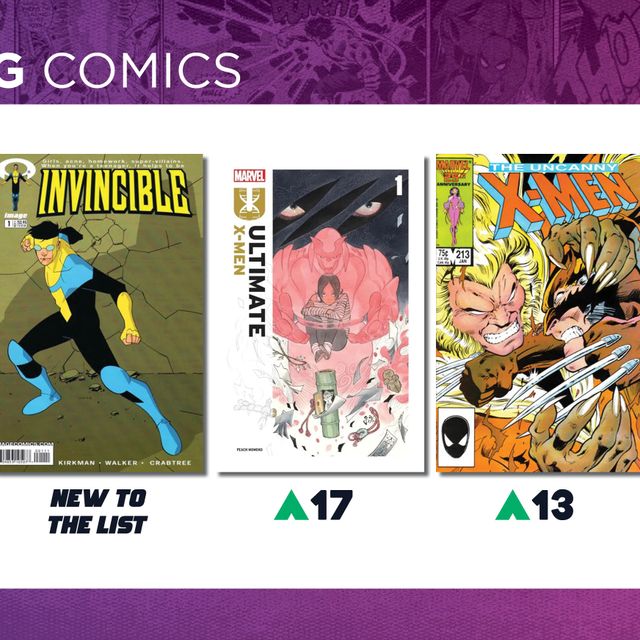 If you are new to collecting, breaking down the comic ages can be a bit confusing. I'm here to help.
If you are new to collecting, breaking down the comic ages can be a bit confusing. I'm here to help.
Most collectors agree that there are four comic ages (or eras), and they are more or less broken into decades. There's the early days of comics, the Platinum Age, then Superman kicked off the Golden Age before Marvel Comics found its stride in the Silver Age. From there, we have the murky waters of the Bronze Age and finally the Modern Age.
What I am providing you with is a quick-reference guide to help you with the comic ages. This should give you a general idea of where your comics fall along with some brief background information about the eras. The years can be subjective, but this is the generally accepted time frames.
 THE PLATINUM AGE
THE PLATINUM AGE
1897-1937
These comics are among the rarest in the collecting world because of the age. This is when the first comics as we know them were being printed and sold to the masses. Anything from this era is going to be expensive and generally reserved for specific collectors.
 THE GOLDEN AGE
THE GOLDEN AGE
1938-1956
In my research, I did come across a site that split this era into two categories, the Golden Age and the Atomic Age, but I do not know of any collector who recognizes the Atomic Age.
The Golden Age is where you will find the foundation of modern comics. It basically begins with the introduction of the costumed superhero in 1938's Action Comics #1. Once Superman captured the public imagination, superheroes dominated comic book sales. This era gave us all the classic staples, such as Batman, Wonder Woman, the Flash, as well as the original Captain Marvel and Captain America.
 THE SILVER AGE
THE SILVER AGE
1956-1969
The Golden Age stretched from 1938 into the fall of 1956 when a new Flash was introduced. Barry Allen's debut in Showcase #4 marks the beginning of the Silver Age of comics. While DC had a stranglehold on the industry in the Golden Age, Stan Lee, Jack Kirby, and Steve Ditko would change the way people viewed comics with the inception of Marvel Comics and Fantastic Four #1. The Silver Age would see comics aimed at older age groups, specifically teenagers, as well as introduce groundbreaking characters, like Black Panther, the first African-American superhero.
 THE BRONZE AGE
THE BRONZE AGE
1970-1984
We run into some debate here. For the most part, the Bronze Age takes us through the 1970s. However, the exact year can be subjective, but some sources credit 1984 as the end of this particular era.
It is interesting to view the changes in comics, both in art and writing styles. The old guard from the Golden Age was phasing out during this time, and new ideas from the minds of Roy Thomas, Frank Miller, and Chris Claremont were taking the industry in a new direction. Stories were becoming more mature compared to the Silver Age, and many writers and artists were putting a cinematic spin on the comics.
 THE MODERN AGE
THE MODERN AGE
1984-Present
By far, the Modern Age has the largest span of any era. It takes us from the mid-1980s to the present and is almost a general term these days. Many collectors view the Modern Age with some disdain, particularly issues from the 1990s and early 2000s.
Still, this age has shaped comics into the mature, accepted artwork it is today. The entire tone of the industry changed in 1986 with two groundbreaking graphic novels, Miller's The Dark Knight Returns and Alan Moore's Watchmen. From that point on, comics gradually became more accepted as adult material and works of art rather than fluff meant for young children.
More comics than ever were being printed at this time. That is why, in collecting circles, Modern Age comics tend to sell for less than the other ages because of the abundance of issues to be found.


